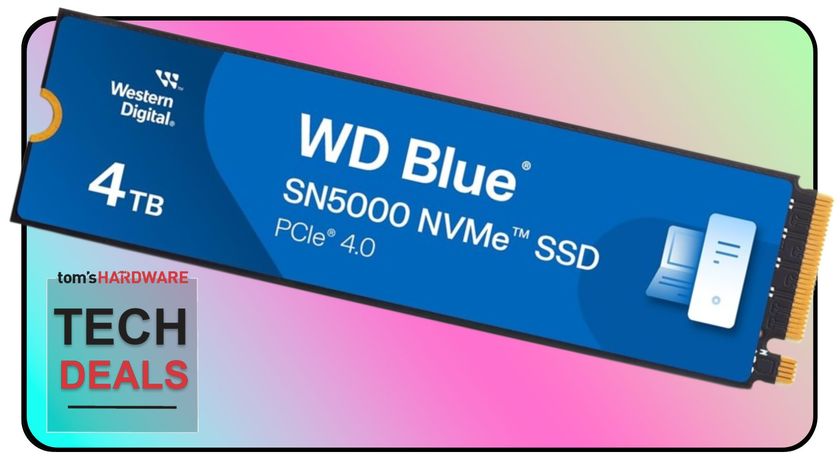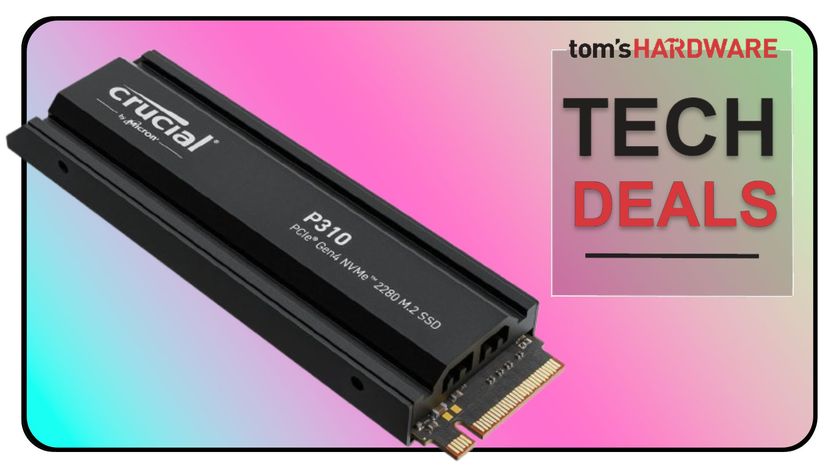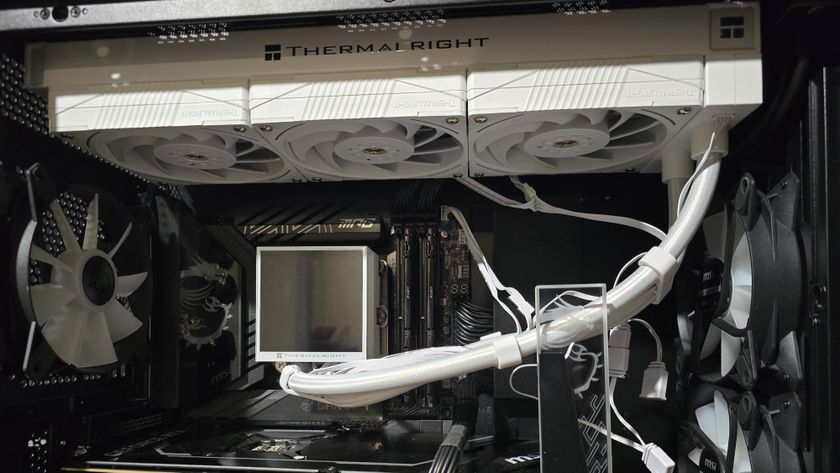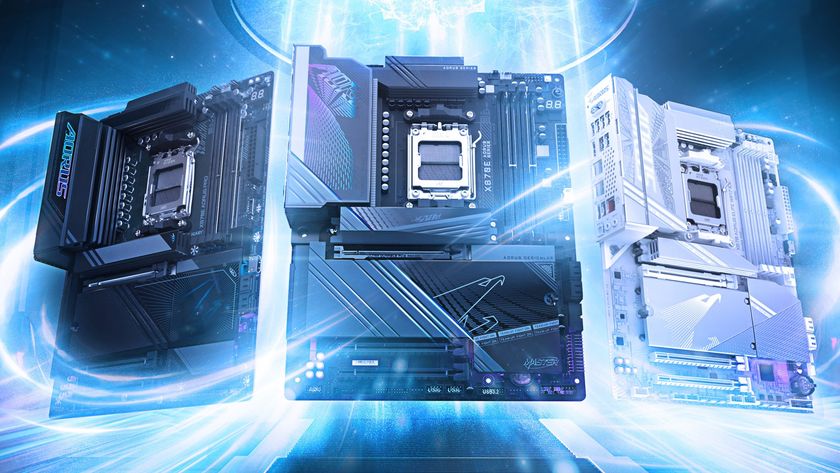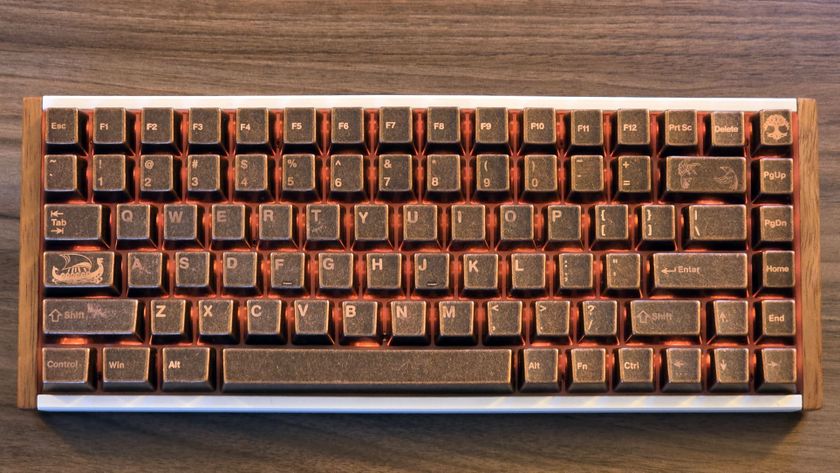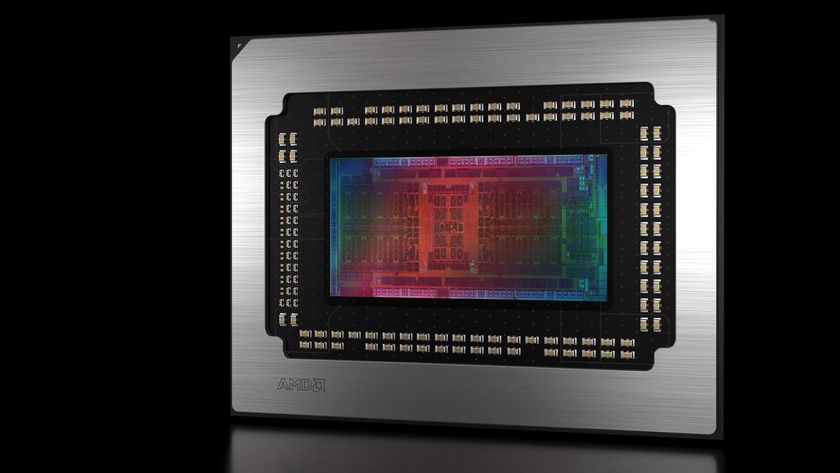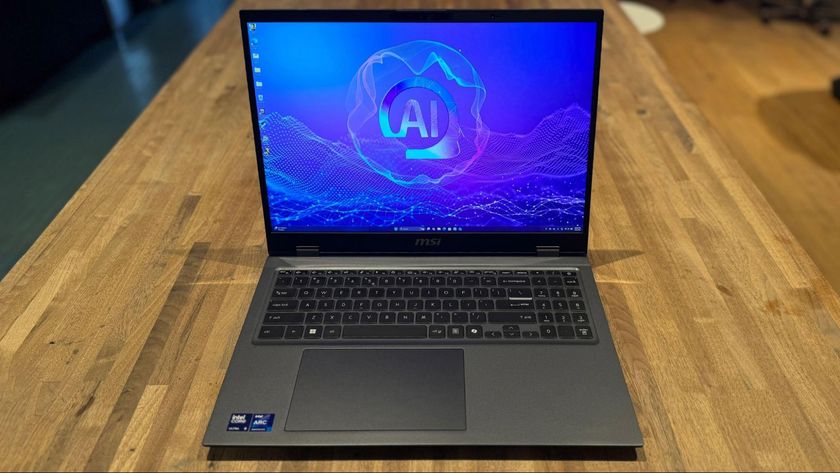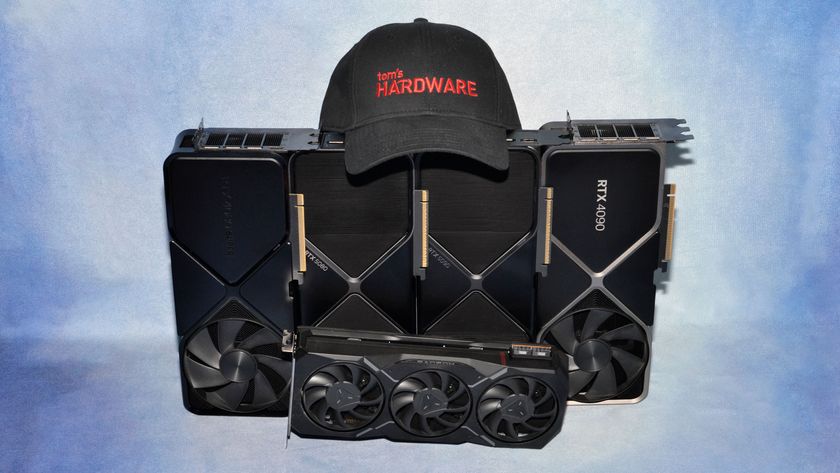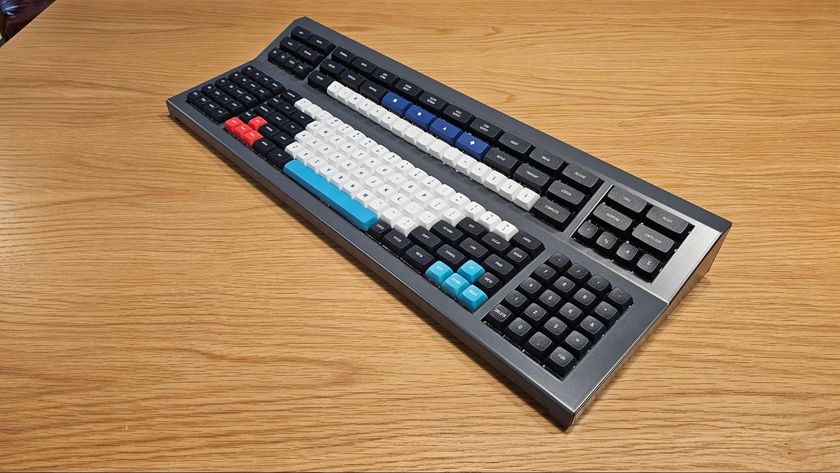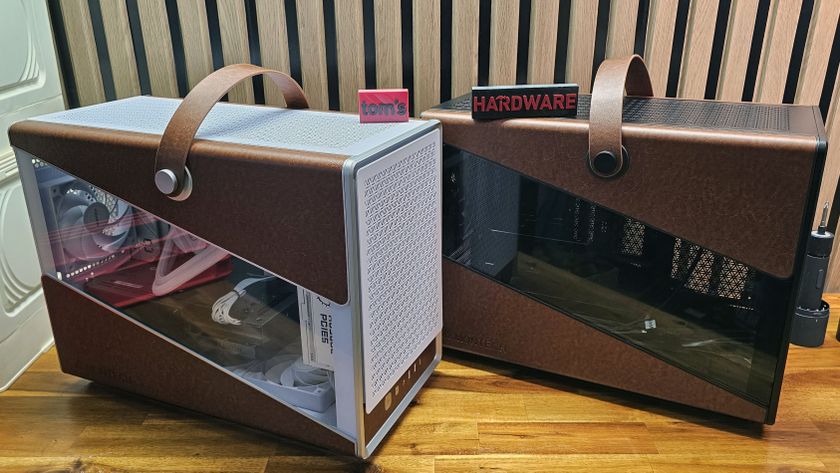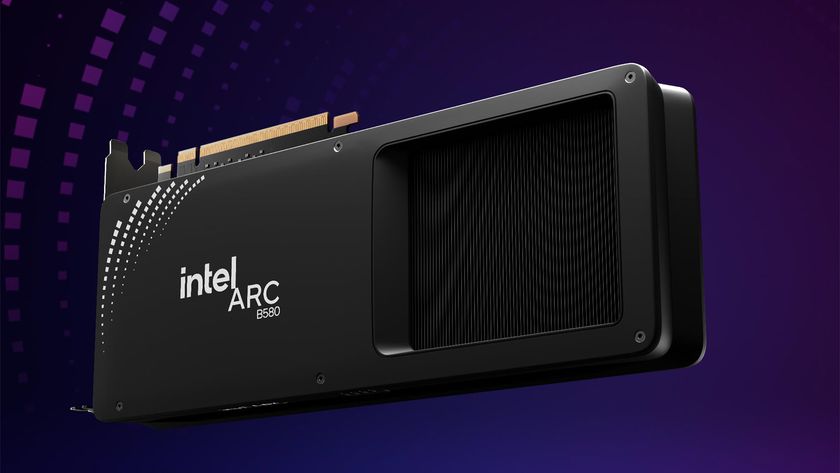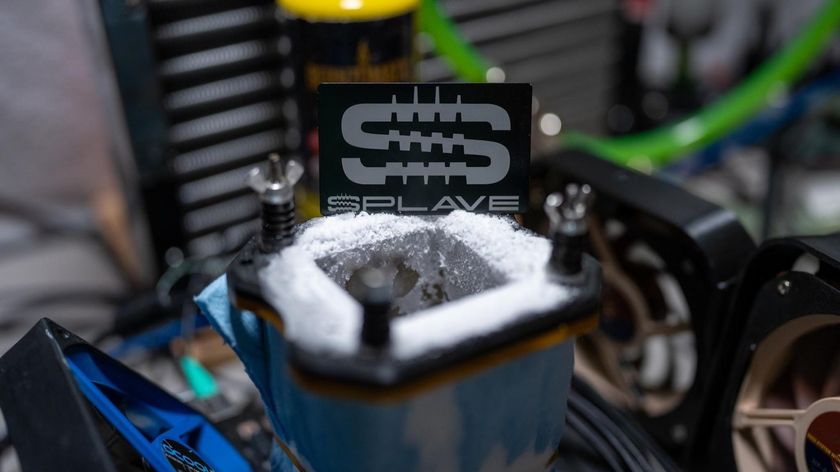Three 7200 RPM Notebook Hard Drives For 2011
Hard drives aren’t dead yet! And they won’t die out anytime soon. The latest 2.5” drives for notebooks deliver relatively high performance and ample storage for little money.
More Capacity, More Speed
Five hundred, 640, and now 750 GB. Three quarters of a terabyte are now available at the most important 9.5 mm height on the 2.5” format. This is the form factor that is utilized in more than 95% of all laptop and notebook designs, including most netbooks. We got the latest 7200 RPM drives from Samsung, Seagate, and Western Digital for a shootout.
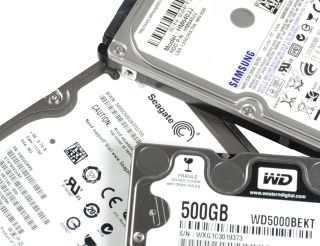
With all of the buzz in storage gravitating around SSDs, everything seems to be quiet in the hard drive space. While solid state drives have, in fact, long overtaken hard drives in terms of high performance and low power consumption, mainstream buyers are still a long ways away from swapping over to large SSDs. The cost per gigabyte is simply too high still. Moreover, they do not provide sufficient storage capacity for consumers (or at least for what consumers many times believe they should be able to store). The truth is that 500 gigabytes look far better than 64 or 128 GB to folks who think they have, or will have, gobs of digital data. But the truth is also that a notebook with a hard drive may very well provide sufficient performance for non-enthusiasts.
Making that choice always requires a balance between what you need and, more importantly, what you expect. More folks are familiar with common performance limiters, like insufficient memory, too-slow of a CPU, or an inadequate graphics processor. The issue of limited hard drive performance is less-easily diagnosed. But once you spend some time on a system armed with an SSD, you won't want to switch back to mechanical storage. Unfortunately, this remains but a wish for many folks, as price tags are great for forcing us back to earth.
In this light, conventional notebook hard drives that spin at 7200 RPM are still quite a good choice, as the throughput of almost 120 MB/s (~60 MB/s minimum) is not bad in the greater scheme of things. As long as you have a decent amount of system memory (4 GB or more nowadays), the number of heavy-use situations where a hard drive limits performance should be kept to a minimum. And in exchange, you get access to a lot more free space: 500, 640, or 750 GB on the latest product generation. With that in mind, which of the three newest mobile drives is best?
Stay On the Cutting Edge: Get the Tom's Hardware Newsletter
Get Tom's Hardware's best news and in-depth reviews, straight to your inbox.
Current page: More Capacity, More Speed
Next Page Samsung Spinpoint MP4 (640 GB, HM640JJ)